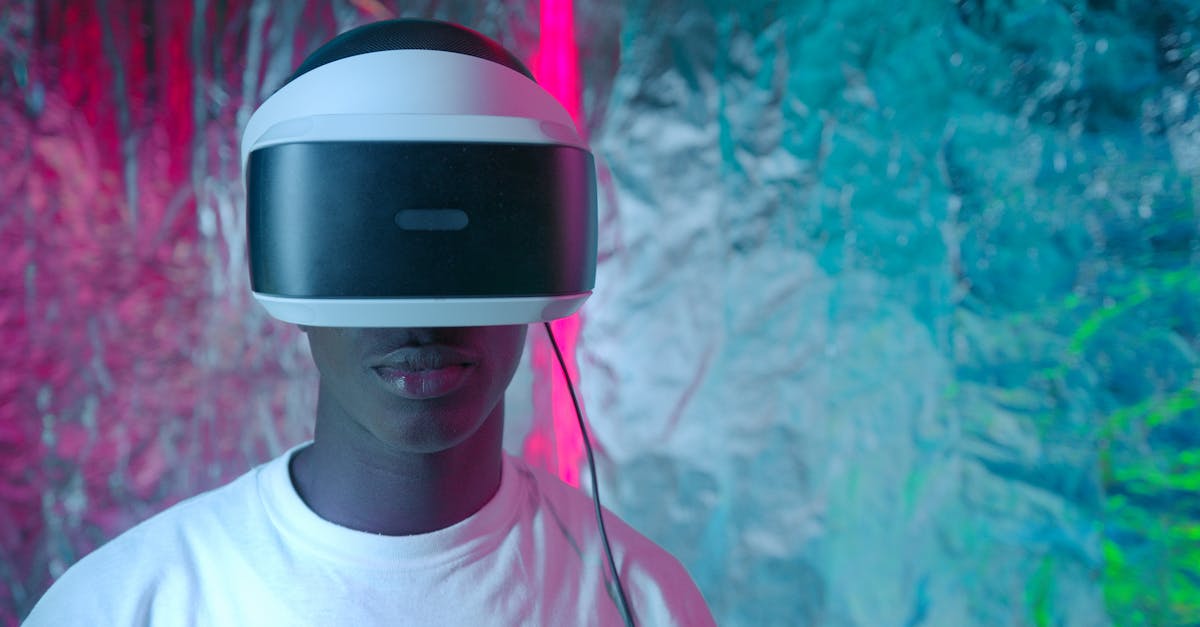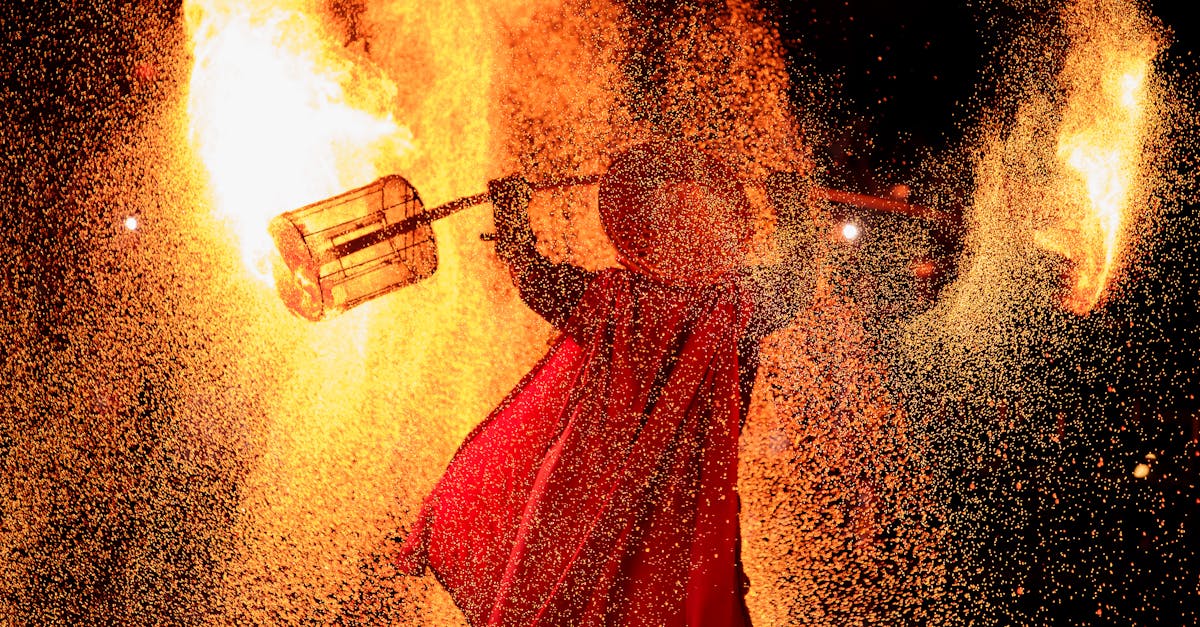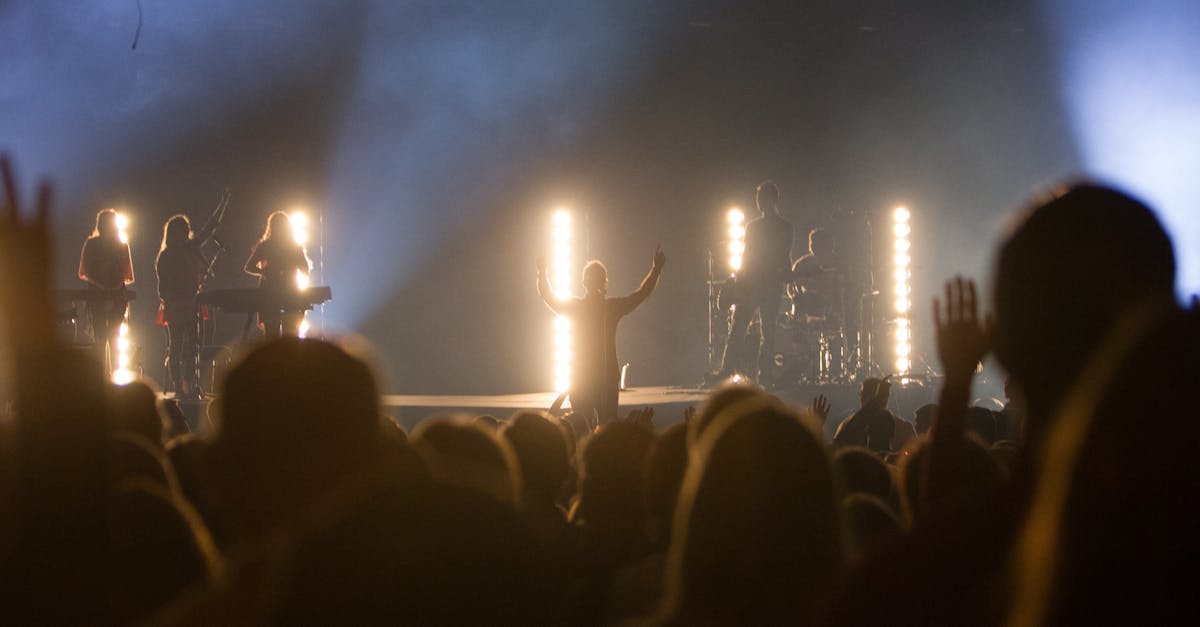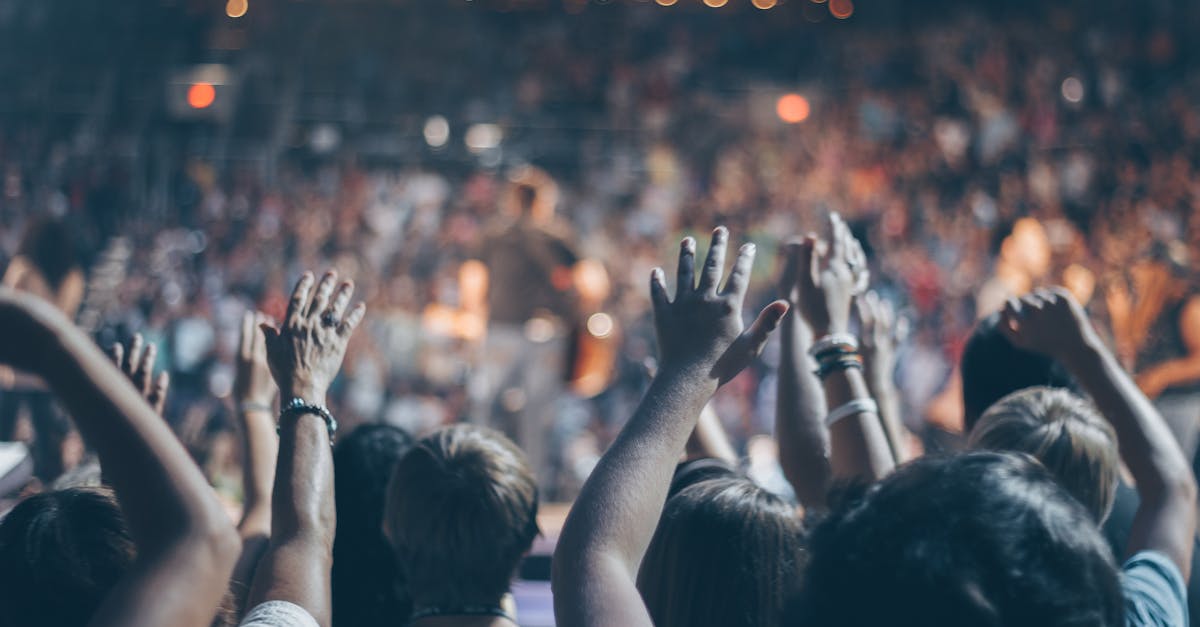The Evolution of Arts and Entertainment by 2050
Introduction
The arts and entertainment landscape is bound to undergo significant transformations by 2050. As technology evolves, so too will the mediums through which creativity is expressed and consumed. Virtual reality, artificial intelligence, and augmented reality are already redefining traditional entertainment boundaries, promising even greater changes ahead. With a growing emphasis on personalized and interactive experiences, audiences are becoming active participants rather than passive spectators. This article explores the advancements poised to reshape the arts world, sparking innovation and redefining how creativity is perceived. Archaeological, environmental, and societal factors will all blend to craft an intriguing entertainment narrative.
Advertisement
The Rise of Immersive Experiences
The demand for immersive experiences is on the rise, largely driven by advancements in virtual and augmented reality technologies. By 2050, virtual reality theaters may become as common as traditional cinemas today, allowing viewers to dive entirely into alternative worlds. Augmented reality experiences could become integral parts of everyday life, revamping how people view street performances and art installations. Personalized avatars tailored to individual preferences may accompany viewers on these digital journeys, forging emotional connections with the virtual realm. This transition from conventional media consumption to participatory experiences showcases the limitless potential of storytelling.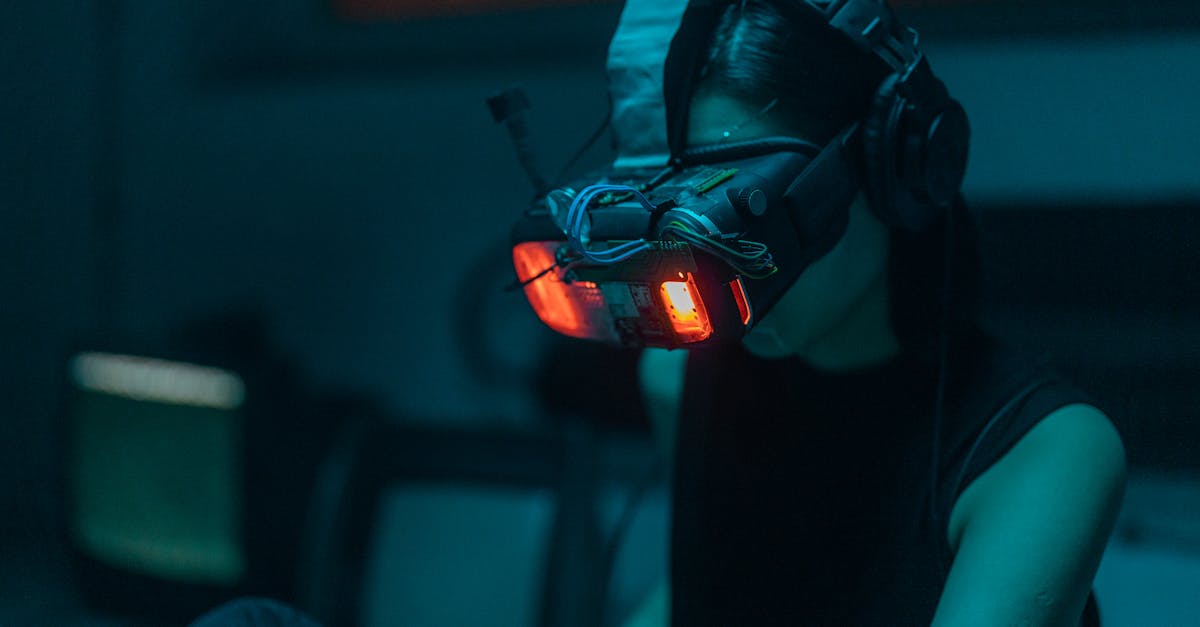
Advertisement
Artificial Intelligence as a Creative Collaborator
Artificial intelligence is emerging as a surprising contributor to the arts, assisting rather than replacing human creativity. By 2050, AI-driven platforms will enable artists and creators to collaborate seamlessly, enhancing their imagination and increasing productivity. Paintings might be generated in real-time based on heart rate or mood, and music compositions could adapt instantly based on audience reactions. While ethical considerations remain regarding the artistic merit of machine-generated art, these developments emphasize the balance between human creativity and AI innovation, creating a rich tapestry of artistic expression.
Advertisement
Eco-Conscious Installations
As environmental concerns continue to take center stage, arts and entertainment will increasingly reflect a commitment to sustainability. Eco-friendly installations utilizing renewable materials will dominate art festivals and urban spaces. Artists will embrace biomaterials to craft sculptures and exhibits that interact with natural elements. Live performances might incorporate solar energy and eco-friendly stages, promoting consciousness around climate change. Environmental storytelling will gain momentum, raising awareness and provoking action through creative expression. The fusion of art and ecological responsibility heralds a powerful cultural shift.
Advertisement
Interactive Storytelling and Personalized Content
Innovative storytelling is shifting towards interactive and audience-driven narratives. By 2050, films and series may offer multiple story paths, allowing viewers to influence narrative outcomes in real-time. User-centric platforms will prioritize audience preferences, creating personal content recommendations. Creators will employ data and analytics to understand viewer behavior better, curating more resonant stories. Virtual platforms will host global audiences, facilitating collaborations across cultures and languages, creating a melting pot of ideas. This advancement blurs the line between creator and consumer, crafting a dynamic storytelling environment.
Advertisement
Blockchain in the Arts Sector
The integration of blockchain technology is poised to revolutionize how art is authenticated, distributed, and monetized. By 2050, blockchain could ensure art pieces are uniquely identifiable, preventing forgeries and facilitating transparent ownership history. Digital assets, such as music and e-books, will be traded using secure cryptocurrency, reshaping how royalties are managed. Artists might leverage decentralized platforms to reach global audiences without intermediaries. This decentralized approach could empower independent artists, democratizing art promotion and consumption, and safeguarding intellectual property rights.
Advertisement
Hybrid Performance Spaces
As cities evolve, so will the venues hosting traditional and digital arts. By 2050, hybrid performance spaces could blur the boundaries between physical and virtual realms. Theaters might integrate projection mapping and holography to create dynamic, multi-dimensional performances. On-stage, robots could accompany human actors, offering real-time interactivity and complexity. Live performances might transcend geographical barriers as audiences from around the world engage simultaneously. These hybrid spaces will create innovative uses of architecture, technology, and creative talent, showcasing groundbreaking performances.
Advertisement
Arts Education and Technological Exploration
The future of arts education is rooted in fostering students' curiosity through technology and interdisciplinary learning. By 2050, educational curricula may integrate virtual reality and interactive tools, providing immersive history lessons or virtual museum visits. AI-powered teaching assistants could foster personal development by tailoring programs to individual learning styles. The fusion of arts with sciences will promote problem-solving and critical thinking, equipping future generations with diverse skill sets. This educational evolution aims to create well-rounded individuals who embrace creativity across all disciplines.
Advertisement
Curation in the Digital Era
By 2050, curatorial roles will evolve to navigate the unprecedented digital and physical content landscape. As art exists in virtual and physical spaces, curators will focus on offering curated experiences rather than solely organizing exhibitions. They will embrace AI tools for trend analysis, ensuring that collections reflect cultural diversity and innovation. The role of a curator will extend into immersive tech domains, creating mixed-reality experiences that blend traditional art with digital narratives. As a result, how people engage with art will become a personalized and enriching journey.
Advertisement
Conclusion
As 2050 approaches, the arts and entertainment landscape will undergo profound transformations driven by technology, ecology, and creativity. Immersive experiences, AI collaboration, and eco-conscious initiatives will redefine how art is created and consumed. New models in storytelling and distribution will unlock creativity across borders, putting control into the hands of the audience. Interdisciplinary learning will prepare individuals for a future of endless possibilities, where art and technology coalesce harmoniously. Embracing these changes will ensure that arts and entertainment thrive as pivotal components of society, continuing to challenge, inspire, and delight future generations.
Advertisement

